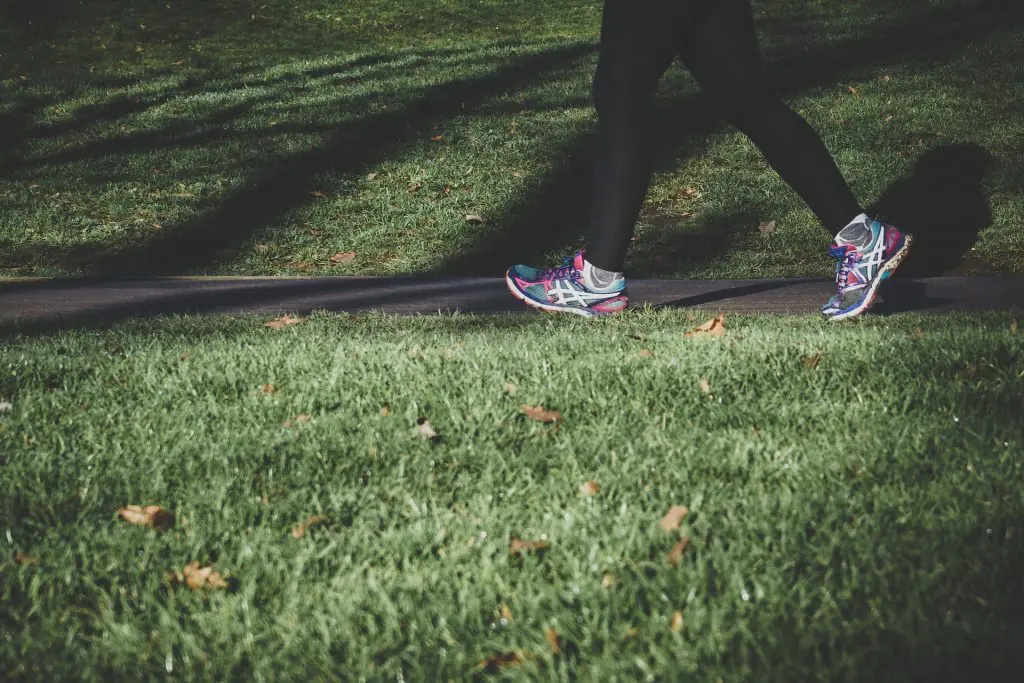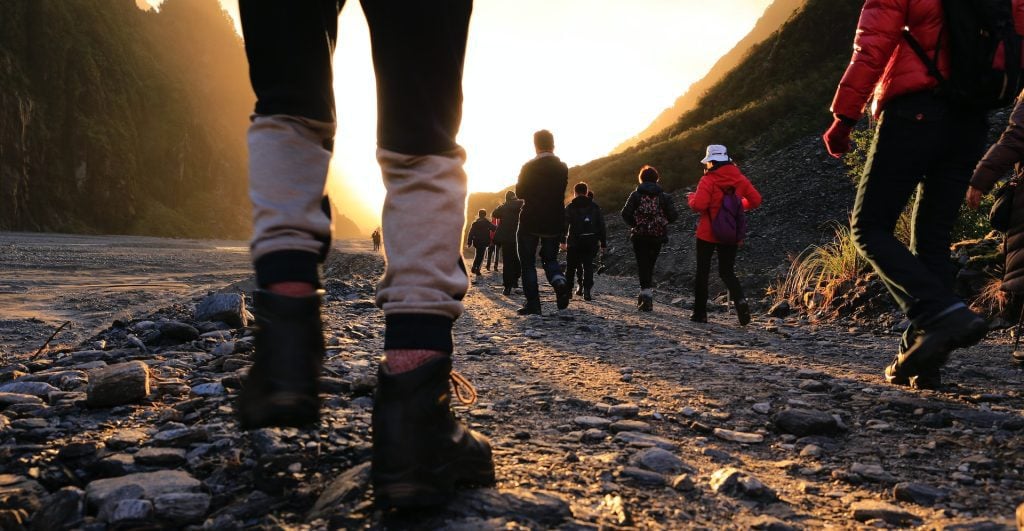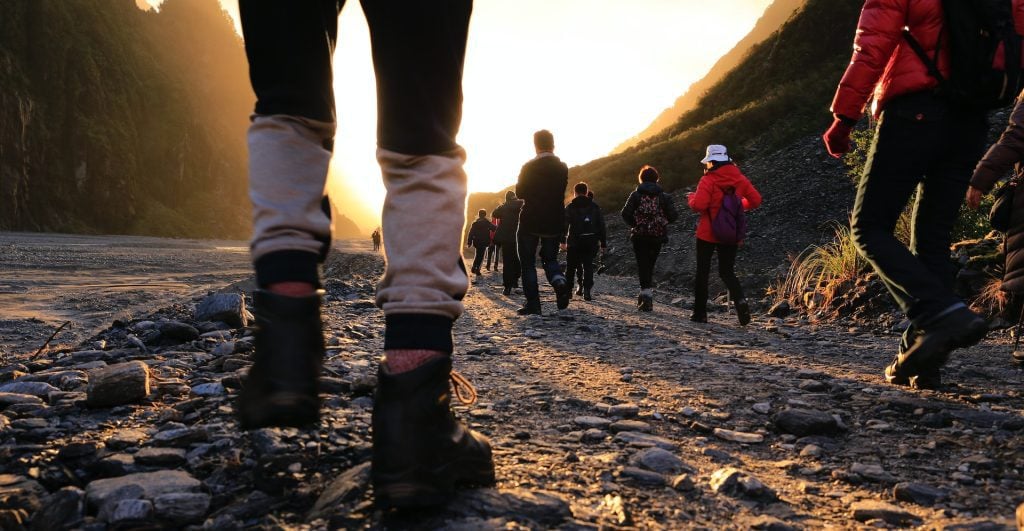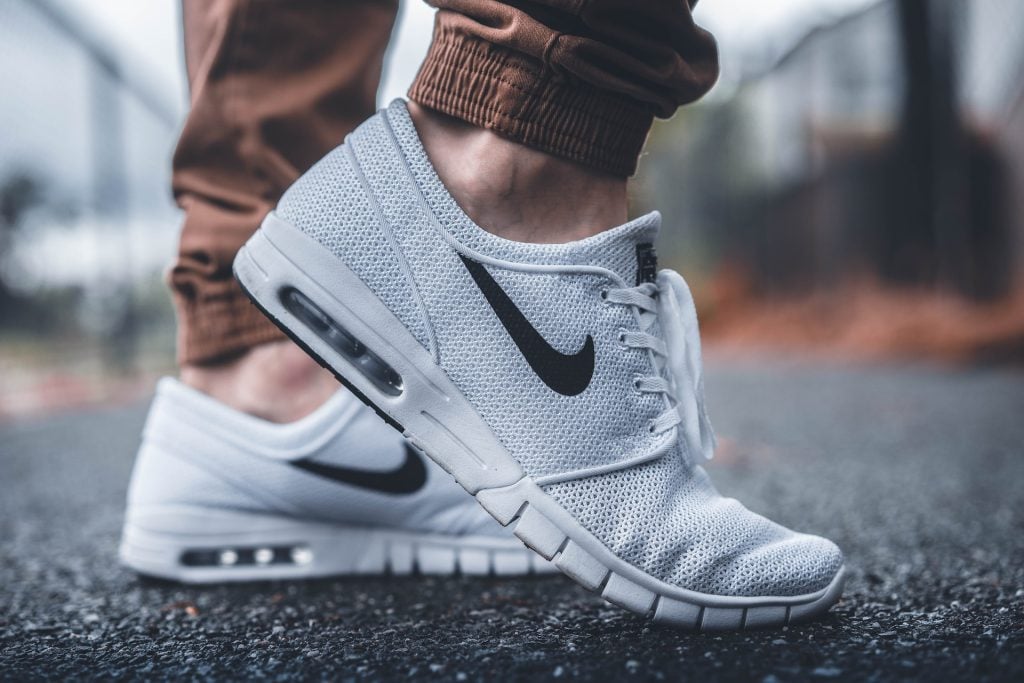Walking, an activity seemingly simple yet profoundly impactful, plays a crucial role in our daily lives. Its significance extends beyond mere transportation, influencing our overall health and well-being. However, the often-underestimated hero in this narrative is the footwear we choose for our walking endeavors.
The right shoes aren't just accessories; they're pivotal in ensuring an enjoyable, pain-free walking experience. This article delves into the intricate relationship between walking and shoe fit, shedding light on why proper footwear is essential and offering insights into achieving the perfect fit for your walking adventures.
Understanding Walking Mechanics

Walking is a fundamental movement ingrained in our daily routine, yet its complexity often goes unnoticed. The biomechanics of walking unravel a fascinating interplay between our body and the ground beneath us. It's a symphony orchestrated by muscles, joints, and bones, each contributing to the seamless motion we take for granted.
At its core, walking involves a repetitive cycle of movements. As we take a step forward, our heel touches the ground, followed by a smooth transition to the midfoot and then the toes, propelling us forward. This orchestrated sequence of actions allows for efficient forward movement.
However, this seemingly effortless action involves an intricate interaction between various body parts. The impact of walking resonates throughout our musculoskeletal system. Starting from the feet, each step endures pressure equivalent to several times our body weight. Feet, serving as our foundation, absorb the shock and provide stability, showcasing the importance of proper footwear with adequate cushioning and support.
The ankles act as pivotal joints, aiding in balance while accommodating various terrains. The knees, absorbing forces with each step, demand proper alignment to prevent undue stress. Misalignment can lead to discomfort or injury over time.
Furthermore, the hips facilitate smooth movement by ensuring a balanced gait. Their role in supporting the upper body's weight during walking is crucial. Finally, the spine, our body's central axis, maintains alignment and posture, experiencing subtle but significant movements with each step.
Understanding these dynamics is paramount as imbalances or inadequate support can lead to a domino effect of discomfort or injuries. Pain in the feet might trigger compensatory movements, affecting the ankles, knees, hips, and even the spine over time.
Importance of Proper Shoe Fit

The quest for the perfect shoe fit isn't merely a matter of aesthetics; it's a fundamental cornerstone for ensuring not only walking comfort but also overall health. The right shoe fit is more than just slipping into a particular size; it's about aligning footwear with the intricate mechanics of our feet and walking patterns.
Wearing ill-fitting shoes can be akin to embarking on a journey with the wrong map. The repercussions extend beyond mere discomfort; they can manifest as persistent pain and potential injuries. Shoes that are too tight might lead to blisters, calluses, or even nerve compression, while loose-fitting shoes might cause friction, leading to skin irritation and instability during walking.
The impact of improperly fitting footwear resonates throughout the body. An ill-fitting shoe can disrupt the natural alignment of the feet, subsequently affecting ankles, knees, hips, and even the spine. Over time, these misalignments may contribute to chronic issues, such as plantar fasciitis, shin splints, or joint pain.
Achieving the perfect shoe fit involves considering various components. Size, the most obvious factor, must accommodate both length and width, ensuring ample space for natural foot movement without constriction. The width of the shoe is often overlooked but crucial, as it dictates the comfort of the forefoot and prevents pinching or discomfort.
Moreover, arch support plays a pivotal role in maintaining the foot's natural curve, distributing weight evenly and reducing strain. Cushioning, strategically placed in the midsole, offers shock absorption, crucial in mitigating impact forces during walking.
Understanding these components and their role in achieving the perfect fit underscores the importance of investing time and effort in selecting the right footwear. A shoe that complements your foot's anatomy, walking style, and intended activity can significantly enhance walking comfort and minimize the risk of discomfort or injury.
Factors Influencing Walking Shoe Fit

The quest for the perfect shoe fit isn't a one-size-fits-all scenario. Several individual factors influence how shoes conform to our feet, impacting comfort and overall walking experience.
Firstly, consider foot shape. Feet come in various shapes and sizes, and understanding your foot anatomy is pivotal. Factors like toe length, width, and the height of the arch can significantly affect how shoes fit. Some individuals have wider forefeet, while others might have a higher arch or narrower heels. Shoe manufacturers recognize these variations, offering diverse sizes and widths to accommodate different foot shapes.
Arch type is another influential factor. Understanding whether you have a high, neutral, or low arch aids in selecting shoes with suitable arch support. Individuals with higher arches might benefit from shoes designed with more cushioning and arch support to distribute weight evenly. Conversely, those with lower arches might require shoes offering greater stability and motion control.
Furthermore, everyone has a unique walking gait, impacting how weight is distributed during walking. Pronation (the inward rolling of the foot) and supination (the outward rolling) affect shoe wear patterns and can influence the type of shoe needed. Shoe brands often cater to these different gaits, offering models designed to address specific pronation types.
Different shoe designs and brands acknowledge these variations. Some specialize in catering to specific foot shapes or gait types, crafting shoes with features that complement diverse foot anatomies. From minimalist designs to highly cushioned ones, the shoe market provides a spectrum of options to accommodate various preferences and needs.
Understanding these individual factors is pivotal in making informed decisions while shoe shopping. By considering your unique foot shape, arch type, and walking gait, you can select footwear that aligns with your individual needs, ensuring optimal comfort and support during every stride.
Tips for Finding the Perfect Walking Shoe Fit

Finding the right shoe fit is essential for comfort and preventing potential foot issues. Consider these practical tips to ensure your next pair of shoes fits just right:
Measure Your Feet Accurately
Begin by measuring your foot size and width. Feet can change in size over time, so it's crucial to get precise measurements. Use a foot measuring tool or visit a shoe store to determine your foot length and width.
Shop in the Afternoon or Evening
Feet tend to swell slightly as the day progresses due to regular activity. Shopping for shoes in the afternoon or evening ensures you account for this natural swelling, helping you find a comfortable fit that accommodates your feet' larger size.
Try Before Buying
Always try shoes on before making a purchase. Ensure there's adequate space for your longest toe (usually the big toe) and that the shoe doesn't pinch or squeeze any part of your foot. Wiggle your toes to check for ample room in the toe box.
Test Walking Comfort
Walk around in the shoes on various surfaces available in the store. Pay attention to any discomfort, rubbing, or pressure points. Walk up and down inclines or stairs if available to evaluate stability and fit.
Consider Socks and Orthotics
If you typically wear specific socks or orthotic inserts, bring them along when trying on shoes. They can significantly affect how shoes fit and feel.
The Right Shoes for Different Activities

Selecting the right shoes isn't solely about style; it's about matching footwear to the specific demands of various activities. Different pursuits, such as walking, running, hiking, or casual wear, necessitate distinct shoe designs to optimize performance, comfort, and safety.
Walking
Shoes designed for walking prioritize flexibility, cushioning, and support. They aim to promote a smooth heel-to-toe transition, ensuring comfort during extended periods of walking. Look for walking shoes with ample cushioning and a stable sole for optimal comfort and durability.
Running
Running shoes are engineered to absorb impact and offer support for higher-impact movements. They incorporate additional cushioning, shock absorption, and often specialized features based on factors like pronation or supination. These factors help mitigate potential injuries and enhance performance.
Hiking
Hiking shoes or boots provide durability, traction, and ankle support for navigating rough terrains. They offer stability and protection, shielding your feet from rocks, uneven surfaces, and potential hazards while maintaining comfort during long hikes.
Casual Wear
For everyday use, casual shoes prioritize versatility and style without compromising comfort. Sneakers, loafers, or flats offer a blend of comfort, style, and functionality suitable for daily activities.
Tailoring your shoe choice to the intended activity is paramount for both performance and foot health. Investing in shoes designed specifically for the activity you engage in ensures not only optimal performance but also reduces the risk of discomfort or injury, allowing you to enjoy your chosen activity to the fullest.
The interplay between walking and shoe fit is more than just a matter of comfort; it's a crucial factor in ensuring a healthier and more enjoyable walking experience. The perfect shoe fit isn't a luxury but a necessity, influencing not just our feet but our entire musculoskeletal system.




